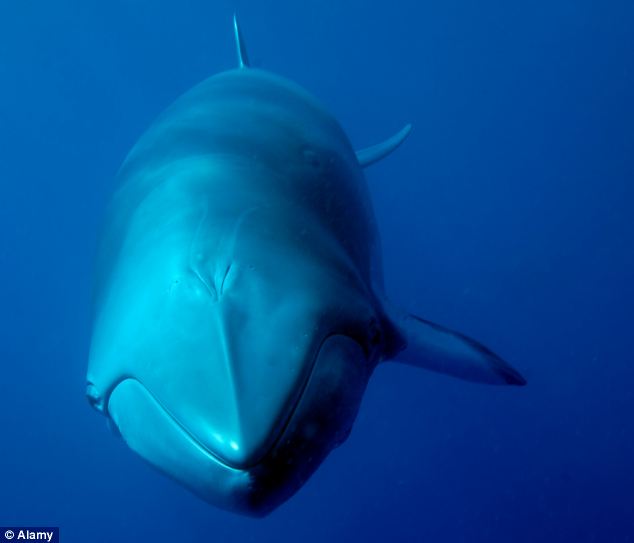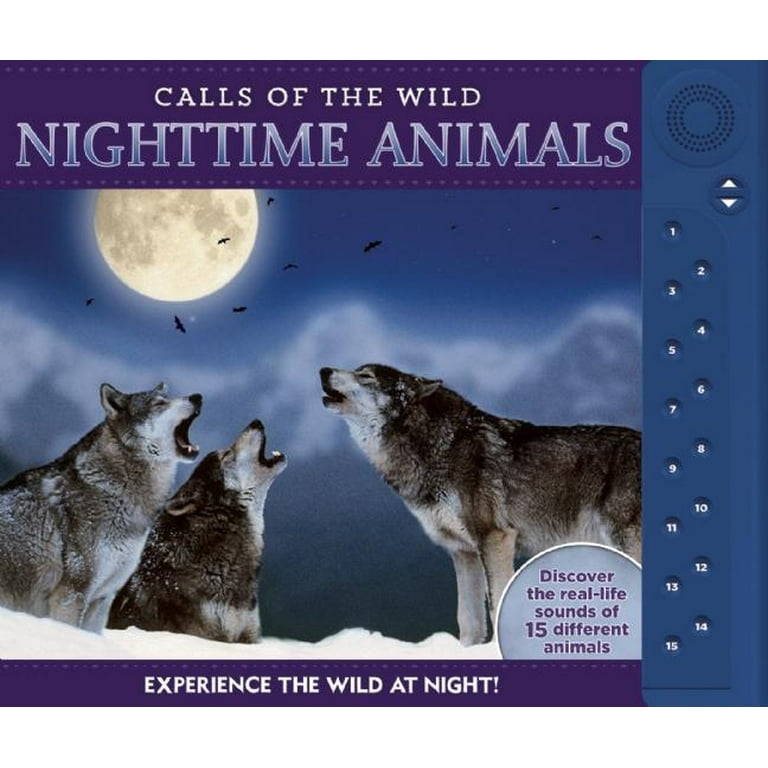Coyotes make various sounds like howling, yipping, barking, and whining. These sounds help them communicate and navigate their territory.
Coyotes are known for their haunting howls that can be both eerie and beautiful to hear. Their vocalizations serve as a way to establish territory, locate pack members, and communicate with other animals. Yipping is often a sign of excitement or greeting, while barking may indicate a warning or threat.
Whining can be a sign of distress or solicitation for food. Understanding these various coyote sounds can provide insight into their behavior and social dynamics in the wild.


Credit: www.amazon.com
The Vocalizations Of The Coyote
Howling
Coyotes communicate through howling, which is their most recognizable vocalization. Howls can be high-pitched and haunting, especially during the evening or at night. Coyotes howl to signal their location to other pack members, mark their territory, or communicate with neighboring packs.
Yipping And Yapping
Yipping and yapping are shorter, higher-pitched sounds that coyotes make. These vocalizations often occur during playful interactions between coyote pups or during greetings between adults. They also use this sound to alert other pack members about potential danger.
Barking
Barking is a common vocalization of the coyote, typically used as an alarm call to warn other members of the pack about potential threats. It can also be a sign of excitement or aggression during interactions with other animals or as a response to unfamiliar noises.
Growling And Snarling
Growling and snarling are aggressive vocalizations used by coyotes to display dominance or to express discomfort or fear. These sounds often occur during confrontations with other animals or when defending their territory. Coyotes may also use growling and snarling to assert themselves within the pack hierarchy.

Credit: www.walmart.com
Different Purposes Of Coyote Sounds
Communication
Coyotes use sounds to communicate with each other.
Territory Marking
Coyotes vocalize to mark their territory boundaries.
Reproduction
Coyotes express their reproductive status through distinct sounds.
Group Coordination
Coyotes use vocalizations for coordinating within their groups.
Variations In Coyote Sounds
Coyotes are highly adaptable creatures, known for their wide range of vocalizations. Understanding the variations in coyote sounds can provide valuable insights into their behavior and communication. Let’s explore these variations by delving into regional differences, individual variation, and contextual adaptation.
Regional Differences
Each coyote population across different regions exhibits unique vocalizations. This variation is influenced by factors such as habitat and predator threats.
Individual Variation
Certain coyotes may have distinct voice patterns, pitch changes, or durations in their calls compared to others in the same group.
Contextual Adaptation
Coyotes adjust their vocalizations based on the specific circumstances they encounter, such as warning calls, mating calls, or communication within a pack.
Understanding The Meaning Of Coyote Sounds
Understanding the Meaning of Coyote Sounds
How To Interpret Different Vocalizations
Coyotes are known for their diverse vocalizations, which can communicate various messages and meanings. Understanding the different vocalizations of coyotes can provide valuable insights into their behavior and intentions.
Identifying Alarm Calls
Coyotes use distinct alarm calls to warn others of potential threats or dangers in their environment. By recognizing these alarm calls, individuals can take necessary precautions to avoid any potential conflicts with these elusive creatures.
Recognizing Mating Calls
During the breeding season, coyotes emit specific mating calls to attract potential mates. Recognizing these vocalizations can offer unique insights into the reproductive behaviors of these animals, which is crucial for wildlife enthusiasts and researchers alike.
Decoding Aggressive Vocalizations
When faced with threats or territorial disputes, coyotes express their aggression through distinct vocalizations. Decoding these aggressive vocalizations can help individuals understand when it’s best to give these animals space and avoid potential confrontations.

Credit: evvnt.com
Frequently Asked Questions Of What Does A Coyote Sound Like Various Coyote Sounds
What Sounds Do Coyotes Make At Night?
Coyotes make a variety of sounds at night, including howls, yips, barks, and yelps. These vocalizations serve as communication within their pack and territory. Understanding these sounds can help people identify and coexist with these wild animals.
Are Coyote Sounds Dangerous To Humans?
Coyote vocalizations are not typically a direct threat to humans. However, it’s important to be aware of their presence and avoid confrontation. Understanding their sounds can help differentiate between normal behavior and potential danger.
How To Distinguish Between Different Coyote Sounds?
Identifying a coyote’s sounds can be tricky, but listening for the pitch, duration, and pattern of the vocalizations can provide clues. Recordings and online resources can also be helpful in learning to distinguish between various coyote sounds.
Conclusion
Curious about the sounds of a coyote? From howls to barks, coyotes use diverse vocalizations. These sounds play a crucial role in their communication and behavior. Understanding these cries can offer insight into their world. So, keep your ears tuned to nature’s symphony of coyote calls.
